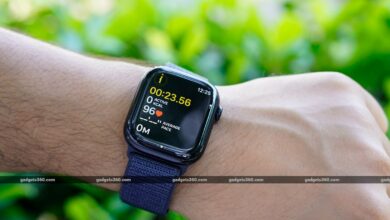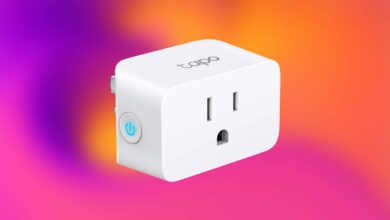How do you know when it’s time for a new home security system?
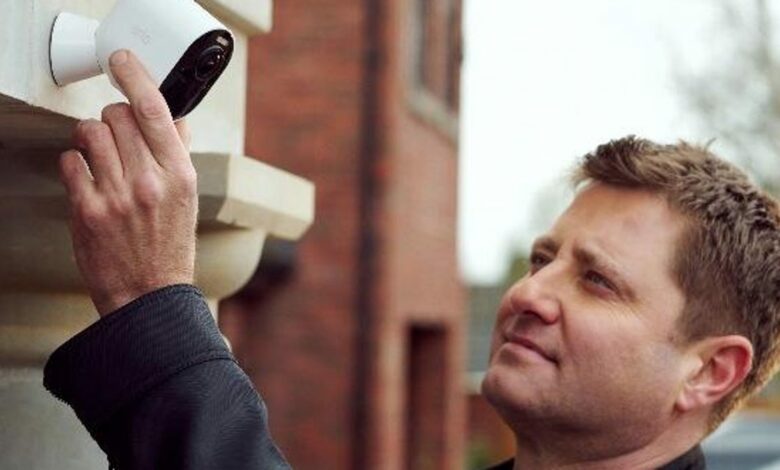
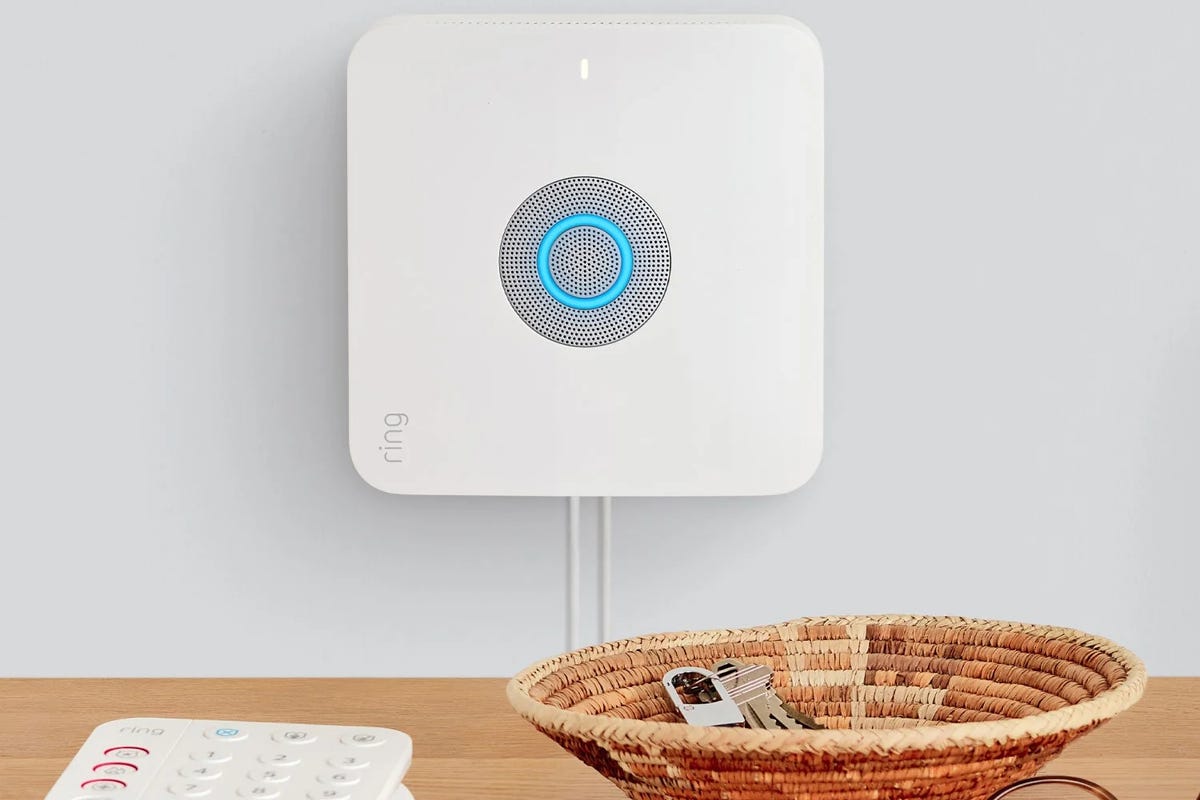
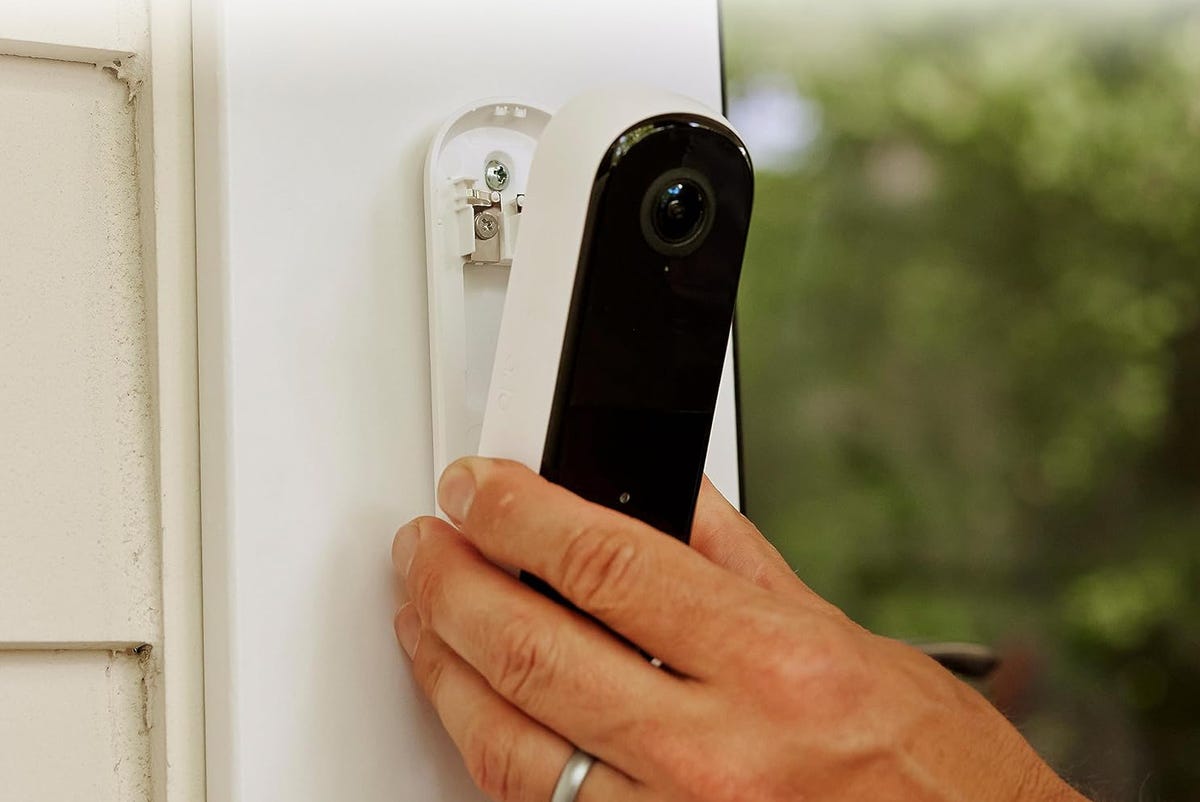
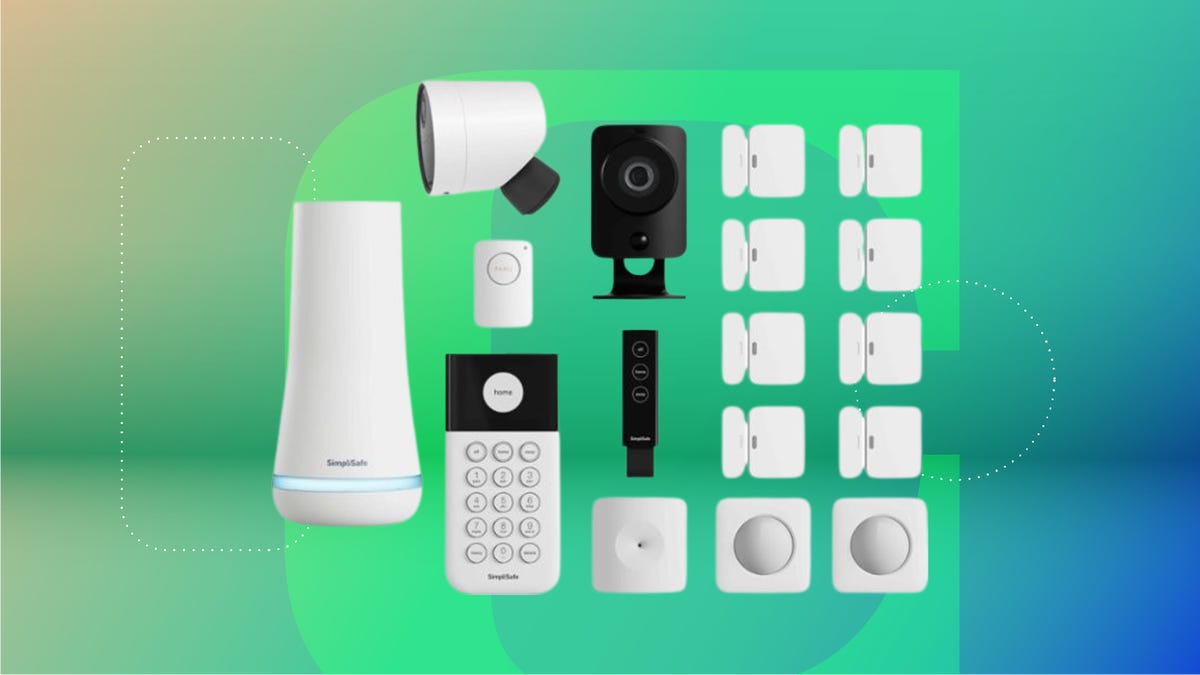
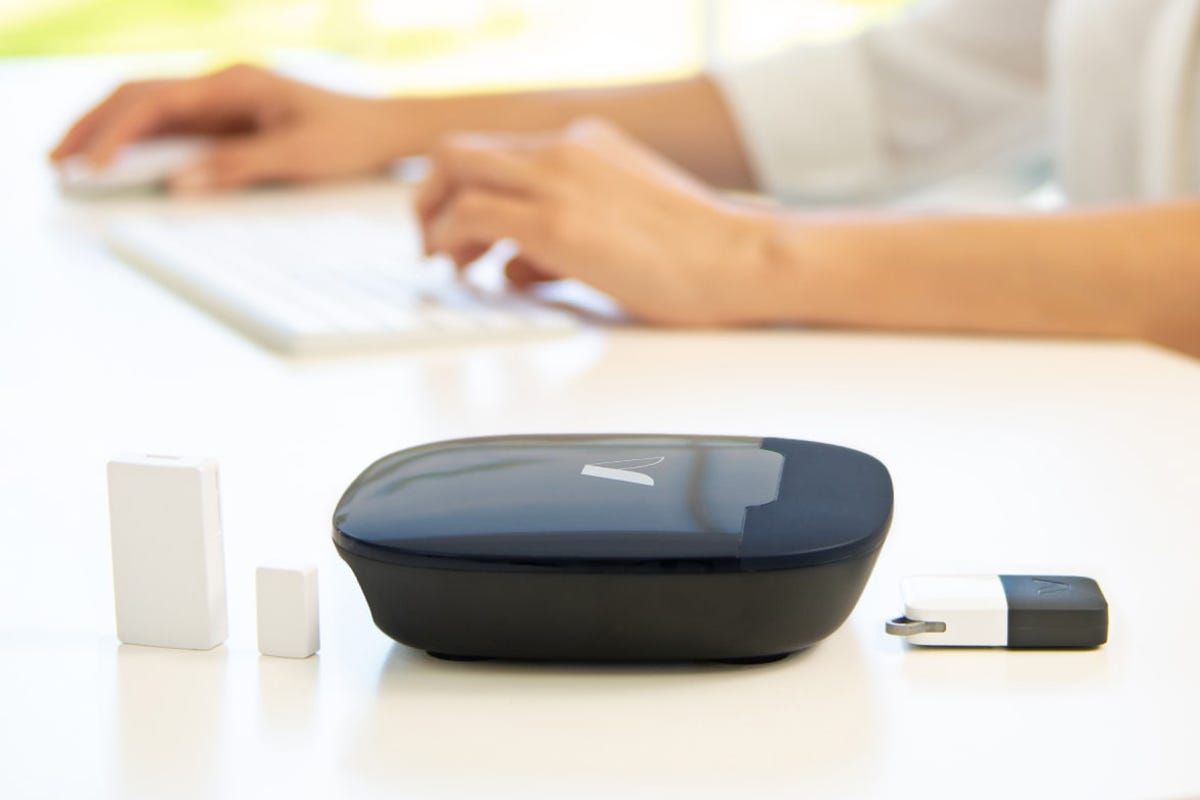
Think of your home security system as one big appliance, similar to your washing machine or air conditioner. It may last for years, but at some point you have to evaluate whether it is too old to function properly, seriously outperformed by newer features, or whether you could benefit from a change. Sometimes it takes 10 to 15 years, sometimes the world moves faster than that.
Fortunately, updating your home security is a lot more affordable than buying a new washing machine, with a cheap system kit starting at $200 to $300. The trick is to spot the signs that it’s time for a new model. Here are the biggest warning signs.
1. Your system cannot recognize people, packages or animals
A little AI in home security devices can do wonders, especially cameras. These days, most major brands have algorithms that can distinguish humans from animals, and more advanced versions can also recognize vehicles and packages. With settings, you can receive notifications only about the objects you care about (usually people and packages).
That’s a huge quality of life improvement, even if object recognition is sometimes behind paywalls — Google Nest, Eufy and Lorex are among the brands that offer it for free. If your video doorbell or outdoor cameras (or devices like pet cameras) lack this technology, it’s probably time for an upgrade.

Ring’s alarm system is one of the best, but other brands also have excellent offerings.
2. You have no video storage
Years ago, security cameras were primarily live view, unless you wanted to invest in an expensive DVR setup. Video storage came along slowly but surely, allowing you to automatically save footage when security cameras were activated, and then view or share it with others. Today, you have options to upload video directly to the cloud, usually via a monthly subscription, or find a camera that offers local storage with a USB-compatible hub or microSD card slot.
If you don’t have any video storage options at all, or if you don’t like your current video storage options, consider upgrading to a camera that supports storage that you do like. You can find local storage without subscriptions, or switch to cloud storage for added convenience. Video storage is great for when you can’t get to notifications right away or want to share footage with neighbors or the police. And speaking of notifications…
3. You don’t get smart notifications on your phone
Today’s home security systems are smartphone-friendly. That means you can arm or disarm them from anywhere with an app, or give people remote access to a smart lock on demand. You can also get instant object detection alerts, so you can switch to live view while using two-way audio to check on things in your home. Some security companies require a subscription to unlock even smarter alerts, but they all have this basic functionality for phones.
If you can’t control devices from your phone and receive notifications, your security devices are at least a few steps behind. It’s time to find newer, smarter models.

A smart video doorbell that can send personalized notifications is a huge enhancement to any security system.
4. Your wireless devices often experience battery issues
Wireless security devices like cameras or sensors should last at least a few months before needing a recharge. Some can even last years with the right batteries. But if your batteries only last a few weeks at most, something is wrong. Your settings may be causing rapid triggers that shorten your battery life, but in many cases, your batteries are simply getting old. This is especially true if they occasionally lose power altogether. High temperatures and freezing temperatures can also exacerbate these issues. Problems like these mean it might be time to consider a new wireless model.
5. Your security system does not work with other smart devices
Many modern home security systems can support a plethora of third-party devices, work with third-party smart locks, display live feeds on Echo Shows with Alexa, and many other tricks. Some even work with the Google Home or Apple Home apps. Brands like ADT integrate well with Google Nest devices, while Abode and Vivint offer excellent third-party support for dozens of brands.
With so many choices, you deserve a security system that works with the smart home devices you already have and the voice assistants or app platforms you prefer. If you use multiple apps to manage different parts of your smart home, look for a home security system that integrates with what you already have.

Simplisafe, Abode and many other brands offer easy expansion options.
6. You cannot expand your current system
Most home security kits start out slow, with a hub and a few sensors. But they leave plenty of room for future upgrades and the purchase of separate new devices as you want more add-ons. The best security systems offer multiple types of entry sensors, motion sensors, glass break sensors, leak detectors, security cameras, smart light bulbs, air monitoring — the list goes on!
But if you can’t expand your security system with the add-ons you want or third-party integrations, it’s time to find a system that offers the products you need all under one hub. Check out the best DIY systems to learn more.

Abode’s starter kit is very affordable and works with many third-party products.
Bonus preparation for the future: pay attention to Matter’s compatibility
Matter and the related Thread protocols represent the most advanced standard in smart home technology, combining security and broad compatibility with platforms from Apple, Google, Amazon, and more. There’s just one caveat: it’s rolling out very slowly, and not all smart home devices work with it yet. That includes nearly all home security cameras (video protocols are in development, but will take some time before they’re released) and similar devices.
As Matter support continues to grow in home security, the lack of Matter will become a red flag for legacy security systems. We’re not quite there yet, but we’re getting closer. We’ll keep you updated on the most Matter-friendly devices.
For more information on finding the latest home security equipment, check out the best outdoor cameras, the best video doorbells, and see the worst places to put video cameras.



